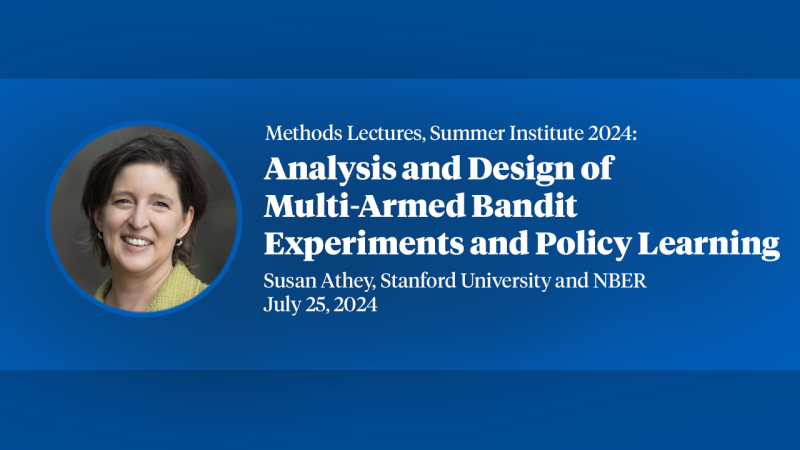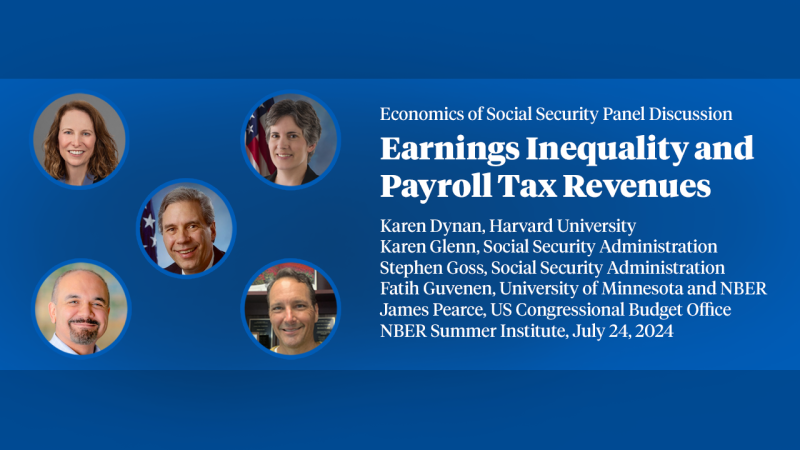How Do Older Workers Learn from Social Security about Their Benefits?: Characterizing Variation in my Social Security Account Access and Social Security Statement Receipt in the 2010s
Effective communication about Social Security benefits is vital to inform workers about their entitlements, aiding in claiming decisions and retirement planning. SSA communicates with future and current beneficiaries with a range of tools, but the two largest in terms of scope are the Social Security Statement and my Social Security online accounts. There has been substantial recent variation in both of these communications: prior to 2011, paper Statements were automatically sent to all workers age 25 and over; in 2011, budget constraints led to a cessation of automatic mailings. In the six years that followed, there were three separate reintroductions and two additional cessations, leading to the current policy, whereby only eligible individuals age 60 or over receive an automatic mailing every year. This variation in communications is further affected by SSA’s 2012 introduction of my Social Security online accounts, which allow users to observe the same information as on the Statement and use retirement planning tools. Although these Statement policies have been described in official documentation and academic research (Armour 2020), the implications of the variation for actual receipt patterns are complex. Furthermore, little has been reported on trends in my Social Security account use among older workers. In this paper, using Social Security administrative records, I document how this variation affected a set of workers in birth cohorts approaching retirement during the 2010s, including the fraction of each birth cohort sent a Statement, how many requested Statements, and how many accessed my Social Security accounts. Among these older fully insured workers, there were substantially different Statement receipt patterns among even adjacent birth cohorts; combined with prior work on the Statement’s impact during its introduction in the 1990s (Armour 2020, Smith 2020), these differences imply potentially substantial impacts on benefit claiming. Additionally, I find that rates of accessing my Social Security accounts have increased, with a large spike in 2021; however, self-reported rates of access in the online Understanding America Study are approximately twice as high for the same cohorts, suggesting that respondents in these surveys are more likely to access Social Security information online.


